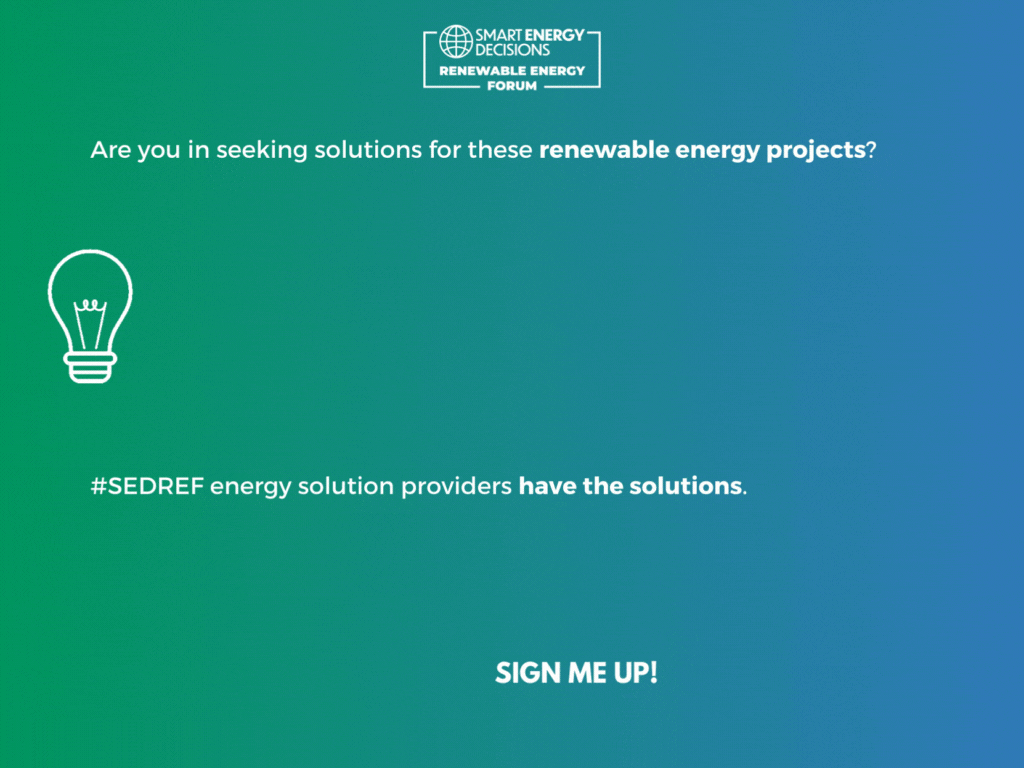Distributed Energy Resources, Energy Efficiency, GHG Emissions, Solar - April 10, 2021
Weekend reads: Electrifying the nation's school buses; Solar from a Burning Man community center
It's the weekend! Kick back and catch up with these must-read articles from around the web.
One small idea in Biden’s infrastructure plan with big benefits: Electric school buses (Vox) President Joe Biden’s new infrastructure proposal has a lot going on: replacing lead pipes, expanding broadband, improving roads and trains, investing in green energy technologies, and permanently altering the tax landscape to pay for it. But one of its smartest provisions has mostly flown under the radar — a proposal to switch at least one-fifth of the school bus fleet from diesel to electric. It may seem like a minor idea, bundled with other provisions in the plan’s splashy electric vehicle push, but it’s a low-key consequential one. There’s substantial evidence that breathing diesel fumes puts kids at risk and harms their performance at school. Until recently, the battery technology just wasn’t there to switch buses over to electric — but now it is. And Congress should make sure it’s in the final version of the infrastructure bill.
FERC's opt-out rule has created a stalemate for distributed energy resources and demand response programs (Utility Dive) Last month, the Federal Energy Regulatory Commission (FERC) announced that it will review the demand response (DR) "opt-out" rule, a 2008 Order that gave states the final say about whether aggregators of retail customers can participate in Regional Transmission Organization (RTO)/Independent System Operator (ISO) demand response (DR) programs. The rule has been misunderstood and misapplied from its inception, and should be repealed. Nevertheless, there is a vital need for state commissions and FERC to work together to encourage demand response, each respecting its own regulatory jurisdiction. The DR opt-out is a curious rule: explicitly giving each state a veto over the application of a federal regulation in that state. This is not normally how our federal system works, which is why it's important to understand the context under which it was passed.
California’s Path to a Carbon-Neutral Grid (Yale Insights) Elliot Mainzer ’98 became president and CEO of the California Independent System Operator (CAISO) on October 1, 2020, six weeks after devastating rolling blackouts hit the state during an August heat wave. He explains how California’s grid is preparing for another hot summer while fighting climate change by undertaking a massive transition to carbon-neutral power. Q: What does the California Independent System Operator (CAISO) do? CAISO operates the high-voltage transmission system and the energy market for about 80% of California and a small portion of Nevada. We’re the entity that matches the real-time supply of electricity with demand and is responsible for efficiently integrating the next generation of clean energy resources into the grid. In addition to our fundamental responsibility as a primarily single-state independent system operator, increasingly we’re taking on broader functions across the western United States. Those include monitoring reliability and operating an energy imbalance market that lets us buy and sell energy with the Northwest, the Intermountain West, and the desert Southwest.
Former Chicago hospital site provides a blank slate for equitable, efficient development (Energy News Network) When Michael Reese Hospital opened its doors in 1881, it was one of the few hospitals to admit patients regardless of race or religion. The hospital, located in Bronzeville on Chicago’s Near South Side, was also innovative in its medical operations, constructing the first incubator station for premature babies. After the hospital closed its doors in 2008, the site was cleared as part of Chicago’s failed bid for the 2016 Summer Olympic Games. The parcel has since stood vacant for more than a decade, an expensive financial drain for which the city still owed more than $56 million of its original $91 million purchase price to its former owners as of May 2020. However, thanks to a $3.6 billion proposal recently approved by the Chicago Plan Commission, nearly 49 acres of the Bronzeville Lakefront site are one step closer to once again becoming a productive parcel of real estate, pending final approval by the City Council.
This Solar Farm Provides 300 MWh of Renewable Energy Per Year & Is a Community Space At The Burning Man (Yanko Design) Think solar farm meets the art and that is what the Solar Mountain by Nuru Karim is – the intersection between efficient clean energy production and unique architecture! The modern structure is constructed from recycled timber and clad in solar photovoltaic panels which also is one of the ten shortlisted projects for Burning Man‘s 3,800-acre Fly Ranch in Nevada – see? I meant it when I called it architectural art. The Fly Ranch in the Nevada Desert is a permanent, off-the-grid space proposed by the organizers of Burning Man and the Solar Mountain is one of the finalists because it aims to contribute 300 MWh of electricity per year while also providing interactive zones for the community. The Burning Man team partnered with Land Art Generator Initiative (LAGI) for a multi-disciplinary design challenge – LAGI 2020 Fly Ranch and now the shortlisted entries, including the Solar Mountain, will move to the next stage of prototyping.
Read These Related Articles:
- Trump would be only world leader to deny climate science; Pokemon are taking over power plants
- Weekend Reads: A Space-Based Solar Power Project; What the Infrastructure Deal Would Do For EVs
- Weekend Reads: How National Stimulus Could Spur a City-led Green Recovery; The Growth of the ESG Career Field
- Weekend Reads: Unlocking the Rooftop Solar Market; A Look at Amazon's Climate Pledge
- Weekend Reads: Reaching Australia's Energy Targets; Illinois's Groundbreaking Climate Bill
Stay Up-To-Date












